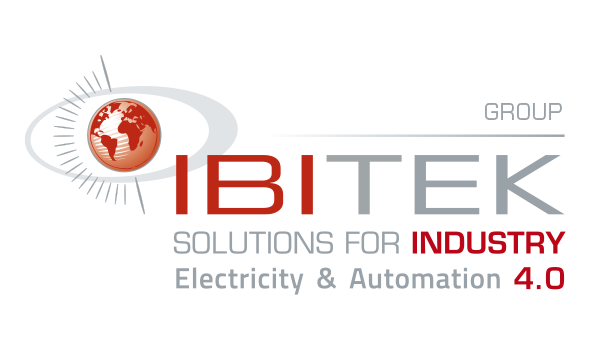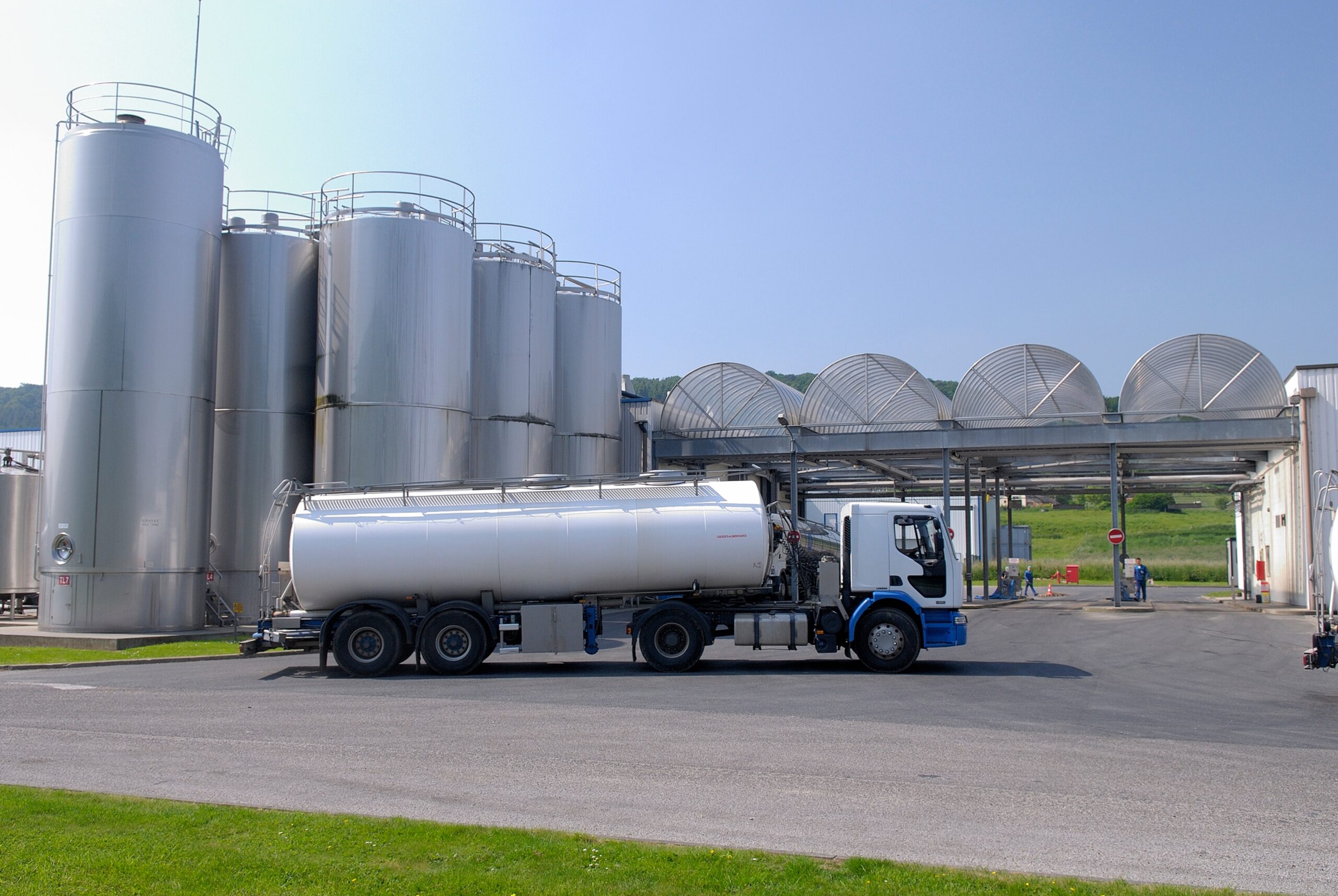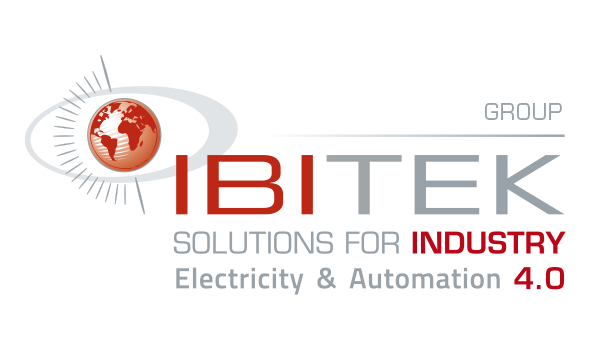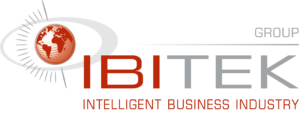Multimedia kiosks have revolutionized the way the industry manages its processes. These technologies not only improve efficiency; they also change the interactions between machines and humans. They allow a user to interact with software without needing specific training. This feat is made possible by the optimized user interface, ergonomics, UX, and more.
This article explores the evolution of these tools from their introduction to recent innovations brought by the IBITruck solution from Ibitek, highlighting their crucial role in the continuous improvement of industrial productivity.
Historical Use of Multimedia Kiosks in Industry
Various Types of Interfaces
Today’s industrial multimedia kiosks not only incorporate software packages specific to each company, but also equipment such as screens, intercoms, and printers. Although similar to those used by the general public, these devices differ significantly in their design.
Designed for robustness and durability, these devices must withstand daily, intensive, and repeated use, often under challenging climatic or environmental conditions. This requirement for durability justifies the higher cost of these industrial machines compared to their consumer equivalents. These features not only ensure reliable performance over the long term but also increased profitability for companies investing in these technologies.
Screen
Touch screens provide an intuitive user interface that simplifies interaction with systems. Thanks to ergonomic interfaces, operators can understand machine functions and perform specific tasks without prior training.
The screens of industrial kiosks allow quick and easy access to various information and KPIs. Touch screens enable operators to receive and respond to information in real-time. This immediate availability of data helps to prevent errors and optimize workflow.
Intercom
An intercom is by definition an internal phone not connected to an external network. This technology is used in many public and professional environments. Whether it’s to control the arrival of guests at the door of a building or a house or to enter a protected or private place.
In the context of industry and logistics, the role of the intercom today is important. It allows control of access to different stages of a warehouse or factory. It also enables manual and human validation, thus avoiding errors or unwanted intrusions.
Printer
Since their creation, printers have become essential everyday objects. They allow the transformation of virtual data into tangible, material objects. They are particularly important in the logistics and transportation sector. Indeed, the need to track and validate transactions, exchanges, entries, or exits is greatly facilitated by the use of labels, vouchers, and invoices, for example.
Current trends and Uses
Development of HMI
Human-Machine Interfaces (HMI) have undergone significant transformation in recent years, marking a major evolution in the industrial sector. This development revolves around the integration of advanced technologies and optimizing the user experience to maximize productivity and safety.
Integration of Advanced Technologies
One of the most notable aspects of recent HMI development is the integration of Industry 4.0 technologies. Elements such as QR codes and the Internet of Things (IoT) now enable real-time data collection and optimized interaction between machines and operators. The use of artificial intelligence in HMIs also automates previously time-consuming actions, enables predictive analytics, and optimizes production lines.
Ergonomics and Safety for Drivers and Various Stakeholders
The integration of Human-Machine Interfaces (HMI) and Industry 4.0 technologies has revolutionized ergonomics and safety for heavy-duty drivers and other transport sector stakeholders. This transformation is evidenced by a series of technological innovations that not only improve the user experience but also ensure greater safety in the workplace and during transit.
Improvement of Ergonomics through HMIs
HMIs, particularly those equipped with touch screens and intuitive controls, enable simpler interaction for drivers. Digital dashboards display information clearly and accessibly. These interfaces can be customized to meet the specific needs of users and businesses.
Enhanced Safety through Industry 4.0
The adoption of Industry 4.0 in the transportation sector involves using sensors and connected devices that continuously monitor vehicle conditions and driving behaviors. This monitoring allows for the detection of mechanical anomalies before they become major issues, thus ensuring the safety of the driver and the vehicle.
Ibitek’s Innovative Role in the Development of Multimedia Kiosks
Ibitek, a major player in industrial technology, innovates the sector with its flow management software: IBITruck, designed to optimize operations and improve efficiency in a wide range of industrial environments. Thanks to intelligent integration of cutting-edge features, IBITruck offers solutions that not only accelerate processes but also ensure connectivity of elements and stakeholders involved.
Time Saving and Delay Reduction
IBITruck’s features are invaluable in reducing downtime and delays at various stages. It allows optimal communication among different supply chain actors through the management of integrated screens and intercoms, thus facilitating real-time information exchanges. This responsiveness translates into an acceleration of operations, from vehicle arrival to shipment management.
Fully Modular and Interconnectable Application
The architecture of the IBITruck software, edited by Ibitek, is designed to be fully modular and interconnectable. This flexibility allows companies to customize features according to their specific needs, easily integrating multimedia kiosks with other existing systems like ERP, camera surveillance systems, and mobile terminals.
Inter-Free Mode
A remarkable feature of Ibitek’s multimedia kiosks is their ability to function effectively even without an internet connection. This internet-free mode ensures continuity of operations even in areas where connectivity is limited or nonexistent, thus ensuring that processes are never interrupted.
Intercom at Each Passage Point
The IBITruck software supports intercoms at each passage point, allowing clear and direct communication at each point. This feature improves coordination between drivers and ground staff, optimizing loading and unloading operations and enhancing security by providing an immediate communication channel in case of emergencies.
Simple Installation
Finally, one of the main advantages of the IBITruck solution is its simplicity of installation for quick setup and KPI monitoring. Designed to be intuitive, IBITruck can be implemented quickly without the need for lengthy modifications or integration.
In conclusion, the fully modular and scalable IBITruck solution is at the forefront of industrial technology, providing tools that not only enhance efficiency and productivity but also connectivity and reliability of loading and unloading operations. Do not hesitate to contact Ibitek for a demo request or additional information.











